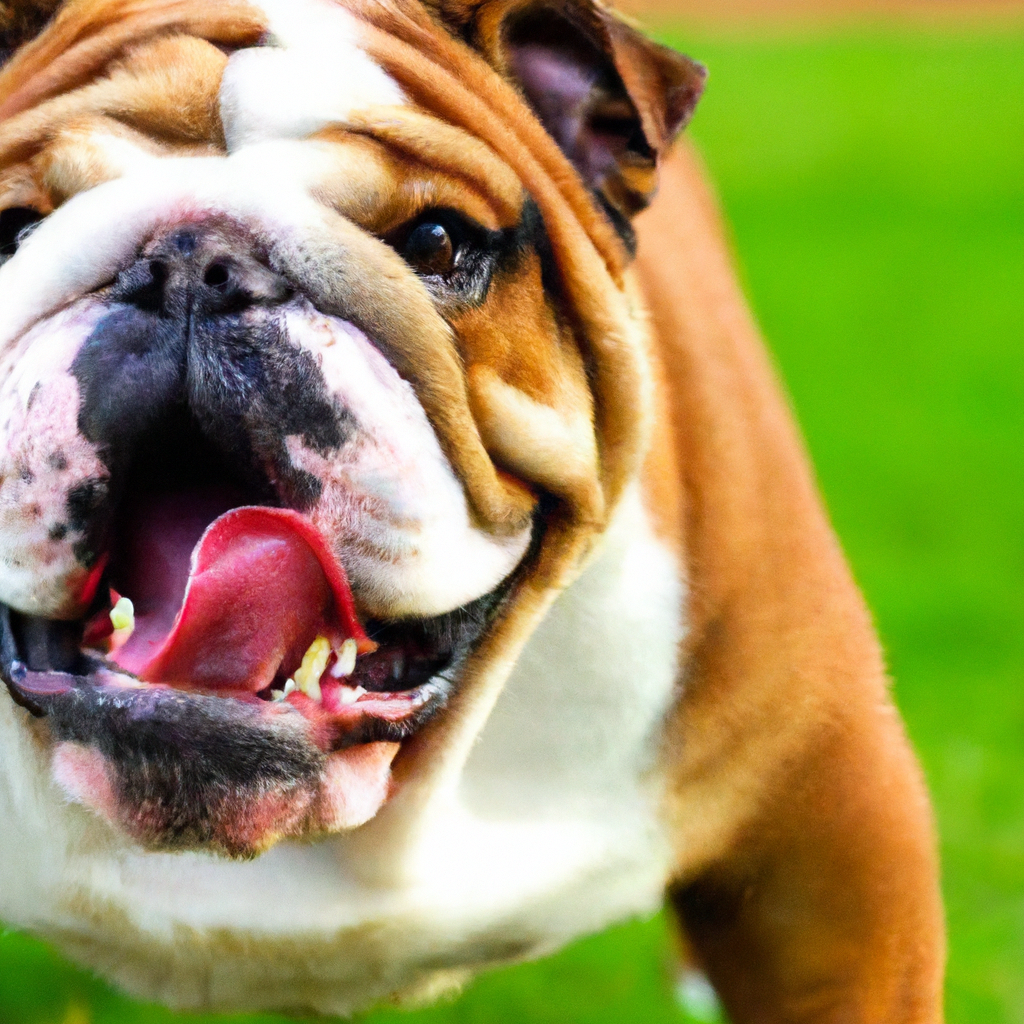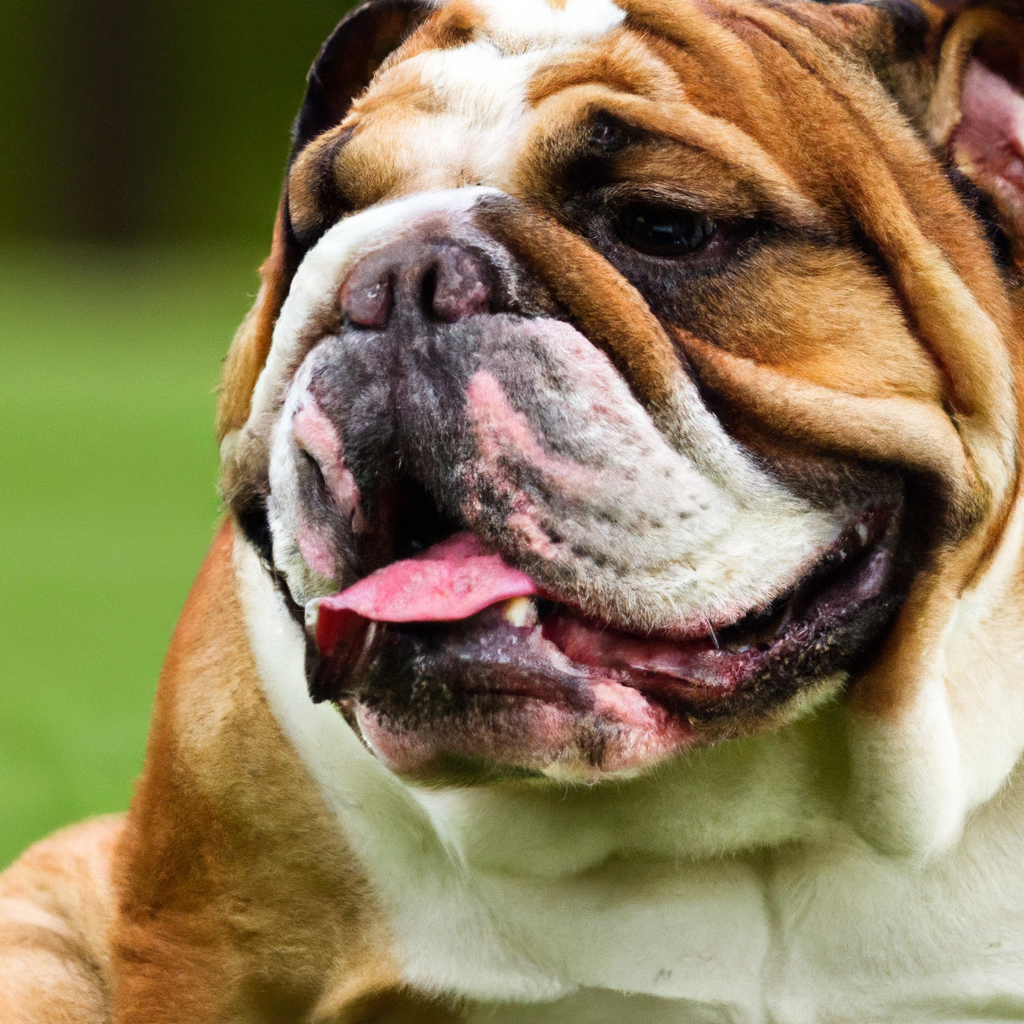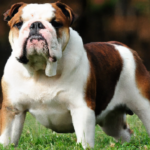When it comes to training English Bulldogs, understanding their unique characteristics and needs is essential for effective results. These adorable and stubborn dogs require specific attention, especially when it comes to potty training. Factors such as diet, exercise, and behavioral patterns all play significant roles in training outcomes.
It’s important to consider the bulldog’s physical attributes, like bladder capacity, and their specific nutritional requirements to create a successful potty training regimen. By implementing methods such as crate training and reward-based learning, and seeking professional guidance if needed, you can address the challenges commonly encountered during training.
Discovering and providing solutions to common training mistakes and offering innovative, bulldog-friendly alternatives will enhance the learning experience for both you and your furry friend. With a balanced approach that incorporates patience, consistency, and positive reinforcement, you can achieve training success and effectively manage issues like regression and indoor marking. So, can English Bulldogs be toilet trained? Let’s delve deeper into the effective training strategies that can make it possible.
Characteristics and behavior of English Bulldogs
English Bulldogs are a unique breed with distinct characteristics and behavior. They are known for their muscular build, wrinkled face, and signature underbite. These lovable dogs are usually friendly and good-natured, making them great companions for families. However, they can also be stubborn and independent at times, which can pose challenges during training. Understanding their unique traits and behaviors is essential for effective training.
Understanding the specific needs of English Bulldogs
Physical attributes of English Bulldogs
English Bulldogs have specific physical attributes that make them different from other breeds. Their stocky build and short legs limit their ability to participate in high-intensity exercises. Their flat faces can also make it challenging for them to regulate body temperature, so it’s important to avoid strenuous activities in hot weather. Additionally, their wrinkled skin requires regular cleaning to prevent infections and irritations.
Dietary Requirements
Proper nutrition is crucial for the overall health and well-being of English Bulldogs. These dogs have a tendency to gain weight easily, so it’s important to monitor their calorie intake and provide a balanced diet. High-quality dog food that is specifically formulated for bulldogs can help maintain their weight and promote good digestion. It’s important to consult with a veterinarian to determine the appropriate diet for your English Bulldog based on their age, activity level, and any specific health concerns.
Exercise Routines
While English Bulldogs may not be the most athletic breed, they still require regular exercise to keep them healthy and avoid obesity. Daily walks and playtime in a fenced yard are usually sufficient for their exercise needs. However, it’s important to avoid activities that put too much strain on their joints and respiratory system. Swimming can be an excellent low-impact exercise option for English Bulldogs.
Behavioral Patterns
English Bulldogs are known for their stubbornness and independent nature. They can be resistant to commands and may require extra patience during training. Positive reinforcement techniques, such as rewards and praise, are often effective in motivating English Bulldogs to obey commands. However, it’s important to be consistent and establish clear boundaries to prevent any behavioral issues from developing.
Importance of potty training for English Bulldogs
Potty training is one of the most important aspects of training for any dog, including English Bulldogs. Teaching them appropriate bathroom behavior not only ensures a clean and hygienic living environment but also strengthens the bond between the dog and the owner. Consistent and effective potty training is essential to avoid accidents inside the house and promote good behavior outdoors.
Factors influencing successful potty training for English Bulldogs
Bladder Capacity
English Bulldogs have a relatively smaller bladder capacity compared to larger breeds. This means they may need more frequent bathroom breaks, especially during their early stages of potty training. Understanding their bladder capacity and planning regular bathroom breaks accordingly can help prevent accidents and establish a consistent routine.
Nutritional Requirements
Diet plays a significant role in potty training. Feeding your English Bulldog a nutritious and well-balanced diet with regular meal times can promote regular bowel movements and make potty training easier. Avoid feeding your dog table scraps or food that may cause digestive issues, as this can lead to irregular bathroom habits.
Consistency and Routine
Consistency is key when it comes to potty training Bulldogs. Establishing a routine and sticking to it will help them learn the desired behavior faster. Designate specific areas for bathroom breaks and take your English Bulldog to these spots regularly, especially after meals and naps. Consistently using verbal cues or commands during potty breaks can also help reinforce the desired behavior.
Effective potty training strategies for English Bulldogs
Crate Training
Crate training can be a valuable tool for potty training English Bulldogs. Bulldogs are naturally den animals, and crates mimic the security and comfort of a den. Using a crate can help establish a designated space for your dog and prevent accidents when you cannot directly supervise them. Gradually increase the amount of time your English Bulldog spends in the crate, and take them outside immediately after releasing them from the crate to encourage proper bathroom habits.
Reward-Based Learning
English Bulldogs respond well to positive reinforcement. Rewarding them with praise, treats, or playtime immediately after they successfully go to the bathroom in the designated spot can reinforce the desired behavior. Make sure to offer rewards promptly so your Bulldog associates the action with the reward. Over time, they will learn to connect bathroom breaks with positive experiences.
Professional Guidance
If you’re struggling with potty training your English Bulldog, seeking professional guidance can be beneficial. A professional dog trainer or behaviorist can assess your training methods, provide personalized advice, and help address any specific challenges you may be facing. They can also offer additional strategies to promote successful potty training and overall obedience.
Common challenges in potty training English Bulldogs
Potty training English Bulldogs can sometimes be challenging due to their independent nature and stubbornness. Some common challenges include:
- Accidents inside the house: Bulldogs may have accidents due to a lack of clear communication or inconsistent potty training routines.
- Resistance to commands: Bulldogs can be stubborn and may not always follow commands, especially when it comes to potty training.
- Regression: Even after successful potty training, English Bulldogs may experience regression, particularly during times of stress or change.
Addressing common training mistakes
When potty training your English Bulldog, it’s important to avoid common training mistakes that can hinder their progress. These mistakes include:
- Punishment: Using punishment or negative reinforcement can create fear and anxiety, leading to further behavioral issues.
- Inconsistency: Inconsistency in the training routine can confuse your Bulldog and make it harder for them to understand the desired behavior.
- Lack of supervision: Not supervising your Bulldog closely during the initial stages of potty training can lead to accidents and delays in learning.
Innovative training alternatives for English Bulldogs
In addition to traditional training methods, there are innovative alternatives that can enhance the training experience for English Bulldogs. Here are a few examples:
- Indoor grass pads: Indoor grass pads provide an alternative potty spot for Bulldogs who may struggle with outdoor potty training. These pads mimic the feel of grass and can be placed in a designated area inside the house.
- Bell training: Teaching your Bulldog to ring a bell when they need to go outside can be a useful communication tool. Hang a bell by the door and train your Bulldog to nudge or paw at the bell when they need to go out.
- Treat-dispensing toys: Using treat-dispensing toys during potty training can add an element of fun and engagement. Fill a toy with treats and give it to your Bulldog after they successfully go to the bathroom in the designated spot.

The importance of a balanced approach in training
When training English Bulldogs, it’s important to maintain a balanced and positive approach. Here are key elements to consider:
Patience
Patience is crucial when training English Bulldogs, especially during potty training. Bulldogs may take longer to grasp the desired behavior, so it’s important to stay patient and avoid becoming frustrated. Celebrate even small successes during the training process.
Consistency
Consistency is key in establishing desired behaviors. It’s important to maintain a consistent routine for potty breaks, commands, and rewards. Bulldogs thrive on routine and will be more likely to understand and follow expectations when consistency is present.
Positive Reinforcement
Positive reinforcement is an effective training technique for English Bulldogs. Rewarding good behavior with praise, treats, or playtime helps reinforce the desired actions. Bulldogs respond well to positive experiences and will be motivated to continue exhibiting the desired behavior.
Conclusion
Potty training English Bulldogs requires a comprehensive understanding of their specific needs and behaviors. By considering factors such as bladder capacity, nutritional requirements, and consistency, successful potty training can be achieved. Implementing effective strategies like crate training and reward-based learning, while avoiding common training mistakes, can further enhance training outcomes. Exploring innovative training alternatives can provide additional options for successful potty training. Remember, a balanced approach that combines patience, consistency, and positive reinforcement is essential for achieving training success with English Bulldogs. With time, effort, and understanding, you can establish a strong bond with your English Bulldog and lay the foundation for a well-trained and well-behaved pet.







